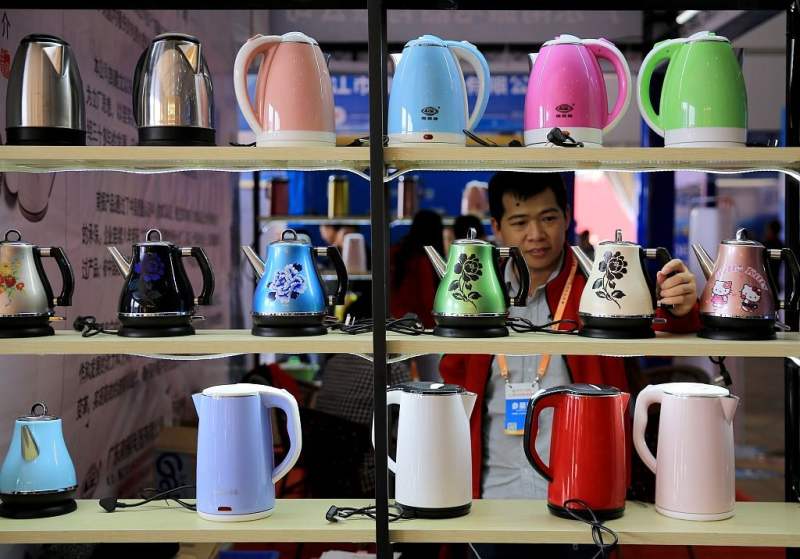Bulletin of the Second National Pollution Source Survey in Hanzhong City
Hanzhong no.2 ci national pollution source census leading team office
(April 2021)
According to the National Pollution Source Survey Regulations and the Notice of the State Council on Carrying out the Second National Pollution Source Survey (Guo Fa [2016] No.59), the second national pollution source survey was carried out in our city.
The standard time of the census is December 31, 2017, and the data of the survey period is 2017. The survey targets are industrial pollution sources (hereinafter referred to as "industrial sources"), agricultural pollution sources (hereinafter referred to as "agricultural sources"), domestic pollution sources (hereinafter referred to as "living sources"), centralized pollution control facilities and mobile sources. This pollution source survey is divided into three stages: preliminary preparation, comprehensive survey and summary release: July 2017-July 2018 is the preliminary preparation stage, August 2018-October 2019 is the comprehensive prospecting stage, and November 2019 is the achievement summary and development stage.
In accordance with the unified arrangements of the CPC Central Committee, the State Council, the provincial party committee and the provincial government, under the correct leadership of the municipal party committee and the municipal government, the census institutions at all levels in our city have carefully organized and paid close attention to implementation, the vast number of census personnel have made selfless dedication and overcome difficulties, and the vast number of census objects have actively cooperated and participated. Our city has successfully completed the second national pollution source census task, comprehensively grasped the basic information of various pollution sources, the discharge amount of major pollutants, pollution control and other effective information, and established key pollution source files and pollution source information databases. The main data are now published as follows:
I. General situation
(A) the number of various census objects
The number of census objects in the city is 5574 (excluding mobile sources). Including 2716 industrial sources, 388 livestock and poultry farms, 2296 living sources, 163 centralized pollution treatment facilities, and 11 census objects in administrative districts.
(2) Emissions of pollutants
Total discharge of water pollution: chemical oxygen demand is 64,050 tons, ammonia nitrogen is 29,100 tons, total nitrogen is 62,200 tons, total phosphorus is 650 tons, animal and vegetable oil is 780.68 tons, petroleum is 4.00 tons, volatile phenol is 0.02 tons, cyanide is 0.41 tons, and heavy metal (lead, mercury, cadmium, chromium and metalloid arsenic, the same below) is 0.27 tons.
Total emission of air pollutants: 18,000 tons of sulfur dioxide, 33,070 tons of nitrogen oxides and 43,920 tons of particulate matter. This census conducted a tentative investigation on volatile organic compounds in some industries and fields, with a discharge of 13,856.2 tons. Among them, the total amount of air pollutants discharged from key areas (downtown area) (excluding emissions from railway internal combustion engines in mobile sources) is 1,772.6 tons of sulfur dioxide, 1,648.7 tons of nitrogen oxides, 17,380.6 tons of particulate matter and 973.5 tons of volatile organic compounds.
Second, industrial sources
(1) Basic information
There are 2716 industrial enterprises or industrial activity units.
The top five counties and districts in terms of the number of industrial source census objects: 814 in Hantai District, 346 in Nanzheng District, 338 in Mian County, 328 in Chenggu County and 261 in Xixiang County, which together account for 76.8% of the total number of industrial source census objects.
The top five industries in terms of the number of industrial source census objects: 702 non-metallic mineral products, 294 agricultural and sideline food processing industries, 238 general equipment manufacturing industries, 206 metal products industries and 158 non-metallic mineral mining and dressing industries, which together account for 58.8% of the total number of industrial source census objects.
(2) Water pollutants
There are 499 sets of wastewater treatment facilities in industrial enterprises, with a designed treatment capacity of 148,700 cubic meters per day and an annual wastewater treatment capacity of 29,133,000 cubic meters.
Total discharge of water pollutants: chemical oxygen demand is 1536.33 tons, ammonia nitrogen is 99.29 tons, total nitrogen is 150.15 tons, total phosphorus is 7.33 tons, petroleum is 3.97 tons, volatile phenol is 21.47 tons, cyanide is 414.166 kilograms, and heavy metal is 259.92 kilograms.
The top three industries are agricultural and sideline food processing industry (748.37 tons), pharmaceutical manufacturing industry (346.43 tons) and ferrous metal mining and dressing industry (214.89 tons), which together account for 85.2% of the chemical oxygen demand emissions from industrial sources.
The top three industries with ammonia nitrogen emissions are: chemical raw materials and chemical products manufacturing 75.36 tons, agricultural and sideline food processing 10.24 tons, and pharmaceutical manufacturing 7.11 tons, which together account for 93.4% of ammonia nitrogen emissions from industrial sources.
The top three industries with total nitrogen emissions are: chemical raw materials and chemical products manufacturing 83.53 tons, agricultural and sideline food processing 27.70 tons, and wine, beverage and refined tea manufacturing 16.49 tons, which together account for 85.1% of total nitrogen emissions from industrial sources.
The top three industries with total phosphorus emissions are: pharmaceutical manufacturing 2.45 tons, agricultural and sideline food processing 2.12 tons, and wine, beverage and refined tea manufacturing 1.87 tons, which together account for 87.9% of total phosphorus emissions from industrial sources.
The top three industries with petroleum emissions are ferrous metal mining and dressing industry, chemical raw materials and chemical products manufacturing industry, and metal products industry, which together account for 96.3% of petroleum emissions from industrial sources.
The top three industries with cyanide emissions are non-ferrous metal mining and dressing, chemical raw materials and products manufacturing, and general equipment manufacturing, accounting for 99.9% of cyanide emissions from industrial sources.
The top three industries with heavy metal emissions: non-ferrous metal smelting and rolling processing industry (251.40 kg), ferrous metal mining and dressing industry (5.32 kg) and coal mining and washing industry (2.48 kg), which together account for 99.7% of heavy metal emissions from industrial sources.
Industries involved in volatile phenol emissions: only chemical raw materials and chemical products manufacturing, emitting 21.47 tons of volatile phenol.
(3) Air pollutants
There are 165 desulfurization facilities, 20 denitration facilities and 903 dust removal facilities in industrial enterprises.
Total emission of air pollutants: 14,795.4 tons of sulfur dioxide, 20,360.8 tons of nitrogen oxides, 33,022.7 tons of particulate matter and 1,640.01 tons of volatile organic compounds.
The top three industries with sulfur dioxide emissions: ferrous metal smelting and rolling processing industry is 6391.97 tons, nonferrous metal smelting and rolling processing industry is 5591.57 tons, and nonmetallic mineral products industry is 1282.64 tons. The above three industries together account for 89.9% of sulfur dioxide emissions from industrial sources.
The top three industries in terms of nitrogen oxide emissions are: electric power, thermal production and supply, 9221.61 tons, ferrous metal smelting and rolling processing, 6280.05 tons, and nonmetallic mineral products, 2887.51 tons, which together account for 90.5% of industrial nitrogen oxide emissions.
The top three industries with particulate emissions are nonmetallic mineral products industry with 21,113.04 tons, ferrous metal mining and dressing industry with 3,224.22 tons, and non-ferrous metal smelting and rolling processing industry with 2,460.81 tons, which together account for 81.0% of the particulate emissions from industrial sources.
The top three industries with volatile organic compounds (VOCs) emissions are ferrous metal smelting and rolling processing industry (598.74 tons), chemical raw materials and chemical products manufacturing industry (424.92 tons) and non-metallic mineral products industry (293.94 tons), which together account for 81.3% of VOCs emissions from industrial sources.
(4) Industrial solid waste
1. General industrial solid waste                    
The output of general industrial solid waste is 9,644,613.7 tons, the comprehensive utilization amount is 4,308,141 tons (including 14,815.5 tons in previous years), the disposal amount is 131,702.5 tons (including 63,901 tons in previous years), the storage amount this year is 5,283,421.3 tons, and the dumping amount is 65.35 tons.
2. Hazardous waste
The output of hazardous waste is 235,451.4 tons, the comprehensive utilization and disposal is 180,055.9 tons, and the accumulated storage at the end of the year is 25,193.2 tons.
(5) Associated radioactive mines
The survey targets of associated radioactive mines are mainly 15 categories of mineral mining, smelting and processing industrial activity units that may be associated with natural radionuclides. Only Lueyang Jufeng Mining Co., Ltd., which was included in the census in Hanzhong City, stopped production in 2017 and did not produce wastewater, waste gas pollutants and solid waste.
Iii. Agricultural sources
(1) Basic information
Eleven counties and districts are involved in planting, aquaculture and livestock and poultry breeding, and 388 livestock and poultry farms have been investigated by households.
Total discharge of pollutants from agricultural source water: chemical oxygen demand is 28,953.44 tons, ammonia nitrogen is 396.41 tons, total nitrogen is 2,345.23 tons, and total phosphorus is 373.11 tons.
(2) Planting industry
Discharge (loss) of water pollutants: 46.51 tons of ammonia nitrogen, 560.06 tons of total nitrogen and 60.87 tons of total phosphorus.
Based on the ratio of new straw to grain, the output of straw is 1,127,600 tons, the recoverable resource of straw is 950,800 tons, and the utilization of straw is 815,100 tons.
The usage of plastic film is 1817.52 tons, and the accumulated residue for many years is 522.24 tons.
(3) Livestock and poultry breeding industry
Discharge of water pollutants: chemical oxygen demand is 28,634.11 tons, ammonia nitrogen is 335.95 tons, total nitrogen is 1,726.24 tons, and total phosphorus is 308.90 tons. Among them, the discharge amount of water pollutants from livestock and poultry farms is 2,685.1 tons of chemical oxygen demand, 19.76 tons of ammonia nitrogen, 135.37 tons of total nitrogen and 39.17 tons of total phosphorus.
(4) Aquaculture (excluding algae)
Discharge of water pollutants: chemical oxygen demand is 319.33 tons, ammonia nitrogen is 13.96 tons, total nitrogen is 58.93 tons, and total phosphorus is 3.34 tons.
Fourth, the source of life
(1) Basic information
There are 2296 census objects of life sources. Among them, 1,972 urban areas, counties (including established towns) and administrative villages are the basic survey units for urban and rural residents, and other survey objects include 63 boilers, 5 oil storage tanks and 256 gas stations in non-industrial enterprises.
(2) Water pollutants
Total discharge of pollutants from domestic source water: chemical oxygen demand is 33,548.17 tons, ammonia nitrogen is 2,407.37 tons, total nitrogen is 3,717.54 tons, total phosphorus is 269.29 tons, and animal and vegetable oil is 780.68 tons. Among them, the discharge of pollutants from urban domestic water: chemical oxygen demand 17608.38 tons, ammonia nitrogen 1880.27 tons, total nitrogen 2876.24 tons, total phosphorus 184.23 tons and animal and vegetable oil 321.65 tons; Discharge of pollutants from rural domestic source water: chemical oxygen demand is 15,939.79 tons, ammonia nitrogen is 527.11 tons, total nitrogen is 841.30 tons, total phosphorus is 85.06 tons, and animal and vegetable oil is 459.03 tons.
(3) Air pollutants
Emissions of air pollutants from domestic sources: 3241.92 tons of sulfur dioxide, 1959.12 tons of nitrogen oxides, 10391.32 tons of particulate matter and 7380.91 tons of volatile organic compounds.
V. Centralized pollution control facilities
(1) Basic information
There are 111 centralized sewage treatment units, 47 centralized domestic waste treatment and disposal units, and 5 centralized hazardous waste utilization and disposal (treatment) units.
Pollutant discharge of waste water (leachate) from garbage disposal and hazardous waste (medical waste) disposal: chemical oxygen demand is 9.91 tons, ammonia nitrogen is 2.74 tons, total nitrogen is 3.84 tons, total phosphorus is 0.20 tons, and heavy metal is 8.84 kg.
Emissions of pollutants from hazardous waste (medical waste) incineration waste gas: 5.66 tons of sulfur dioxide, 24.42 tons of nitrogen oxides and 1.60 tons of particulate matter.
(II) Centralized sewage treatment
The total annual sewage treatment capacity is 76.0662 million cubic meters. Among them, there are 24 urban sewage treatment plants, which treat 73.8208 million cubic meters of sewage; There are 86 centralized sewage treatment facilities in rural areas, treating 1.047 million cubic meters of sewage; 1 other sewage treatment facility, with a sewage treatment capacity of 1,198,400 cubic meters.
Reduction of water pollutants: chemical oxygen demand 11584.94 tons, ammonia nitrogen 1421.55 tons, total nitrogen 1662.19 tons, total phosphorus 144.17 tons and animal and vegetable oil 115.78 tons.
The output of dry sludge is 12,500 tons, and the disposal capacity is 12,500 tons.
(3) Centralized treatment and disposal of domestic garbage
The garbage disposal capacity is 674,200 tons, and all the disposal methods are landfill.
(4) centralized utilization and disposal (treatment) of hazardous wastes
There are 4 hazardous waste disposal plants and 1 medical waste treatment (disposal) plant. The designed disposal and utilization capacity is 690,800 tons/year, and the actual total amount of hazardous waste disposal and utilization is 129,600 tons. Among them, 3,529 tons of industrial hazardous waste, 2,052 tons of medical waste, and 123,988 tons of hazardous waste were comprehensively utilized.
Six, mobile source
(1) Basic information
Mobile source survey objects include motor vehicles and off-road mobile sources. Statistics show that the number of motor vehicles is 565,200, the total diesel power of agricultural machinery is 1,006,384 kilowatts, and there are 10,753 flights of civil aircraft.
Total emission of air pollutants: 10,774.63 tons of nitrogen oxides, 435.25 tons of particulate matter and 3,285.71 tons of volatile organic compounds.
(2) Motor vehicle pollution sources
Emissions of air pollutants: 4932.53 tons of nitrogen oxides, 84.91 tons of particulate matter and 2590.47 tons of volatile organic compounds.
(3) Non-road mobile pollution sources
Emissions of air pollutants: 5842.10 tons of nitrogen oxides, 350.34 tons of particulate matter and 695.24 tons of volatile organic compounds. Among them, construction machinery discharged 3438.81 tons of nitrogen oxides, 147.28 tons of particulate matter and 368.56 tons of volatile organic compounds; Agricultural machinery emits 2351.57 tons of nitrogen oxides, 201.34 tons of particulate matter and 322.81 tons of volatile organic compounds; Civil aviation aircraft emitted 51.72 tons of nitrogen oxides, 1.72 tons of particulate matter and 3.87 tons of volatile organic compounds.
Note     explain
Key areas: including Hantai District (including Hanzhong Economic and Technological Development Zone) and Nanzheng District.
General survey of industrial sources: including all industrial enterprises or industrial activity units in 41 industries in the three categories of mining, manufacturing, electricity, heat, gas and water production and supply in the National Economic Industry Classification (GB/T4754—2017). 15 categories of mineral mining, smelting and processing industry activity units in 8 categories of key industries that may be associated with natural radionuclides. Does not include sewage treatment and its recycling (industry code is 4620) enterprises.
Scope of agricultural source survey: including planting, livestock and poultry breeding (excluding retail investors) and aquaculture (excluding algae).
The scope of life source survey: including the generation and discharge of domestic sewage, the energy use of urban and rural residents, boilers, oil storage tanks and gas stations in non-industrial enterprises.
General survey scope of centralized pollution control facilities: including centralized sewage treatment units, centralized domestic garbage treatment and disposal units and centralized hazardous waste utilization and disposal (treatment) units.
Scope of mobile source survey: including motor vehicles and off-road mobile sources, and the survey is published in administrative districts.
Accounting scope of volatile organic compounds: energy consumption of industrial enterprises and organized emission of main product production processes, living consumption of urban and rural residents, use of architectural coatings and adhesives, urban asphalt road paving, oil storage and civil gas stations open to the outside world, motor vehicles and off-road mobile sources.
No mechanical adjustment has been made for the errors caused by the choice of decimals in the total figures and some calculated data in the bulletin. (Municipal Bureau of Ecology and Environment)
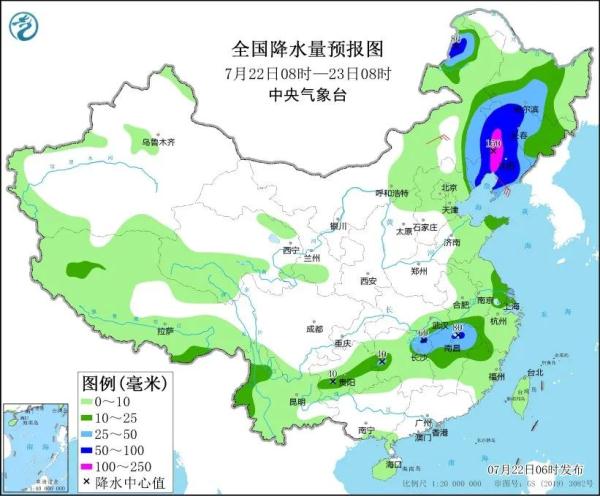
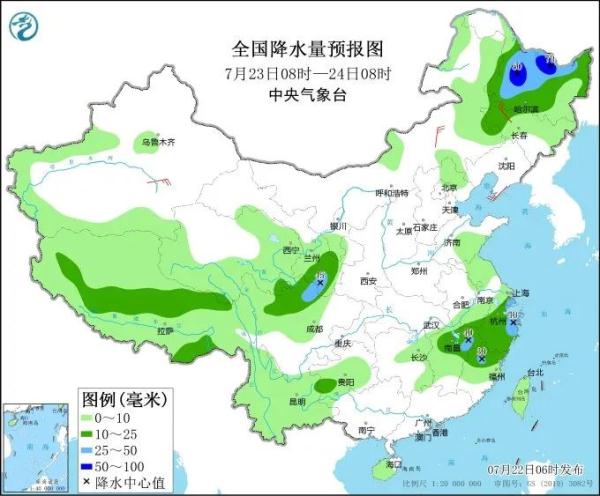
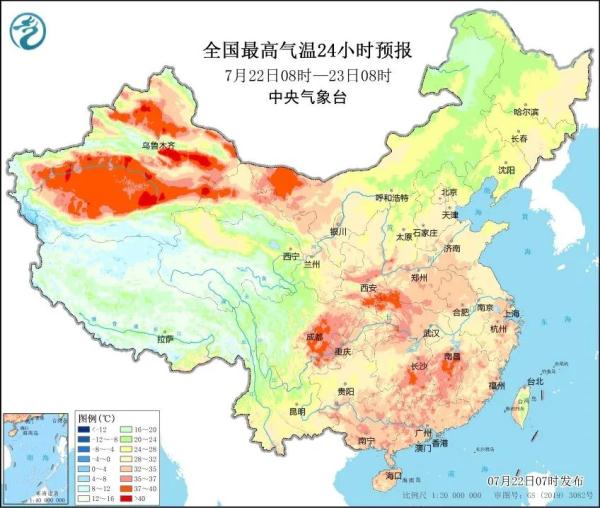
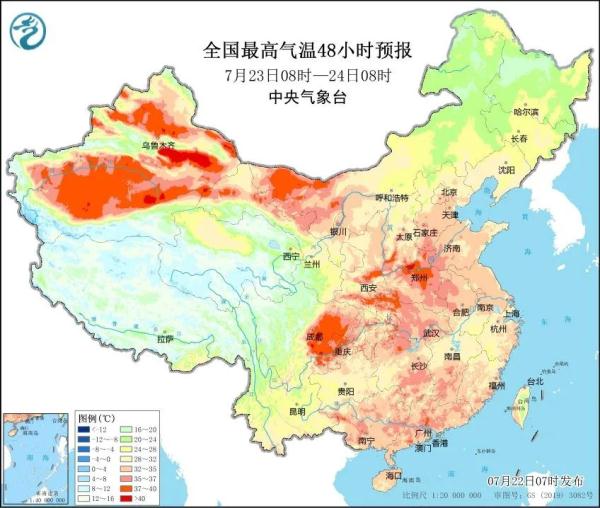
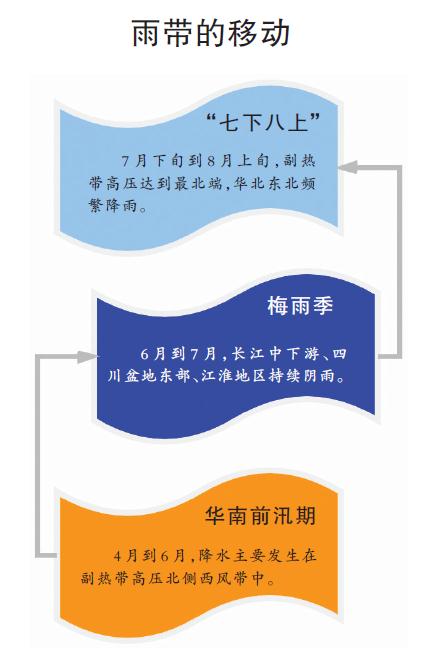












![[Credit card handling skills] Try to prepare sufficient proof of assets. [Credit card handling skills] Try to prepare sufficient proof of assets.](https://www1.pconline.com.cn/wap/2013/cms/img/loading.png)


